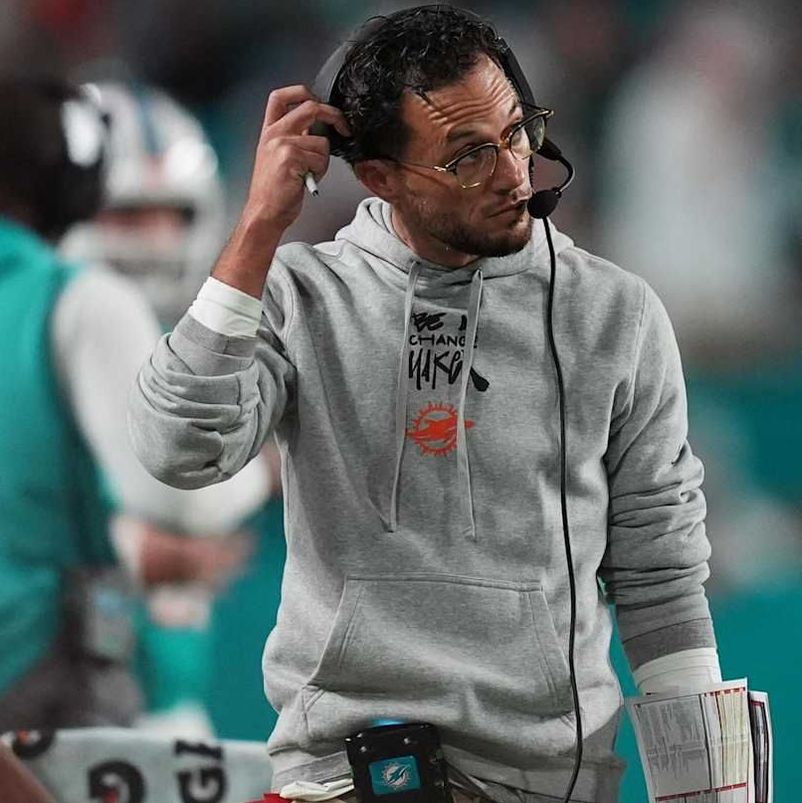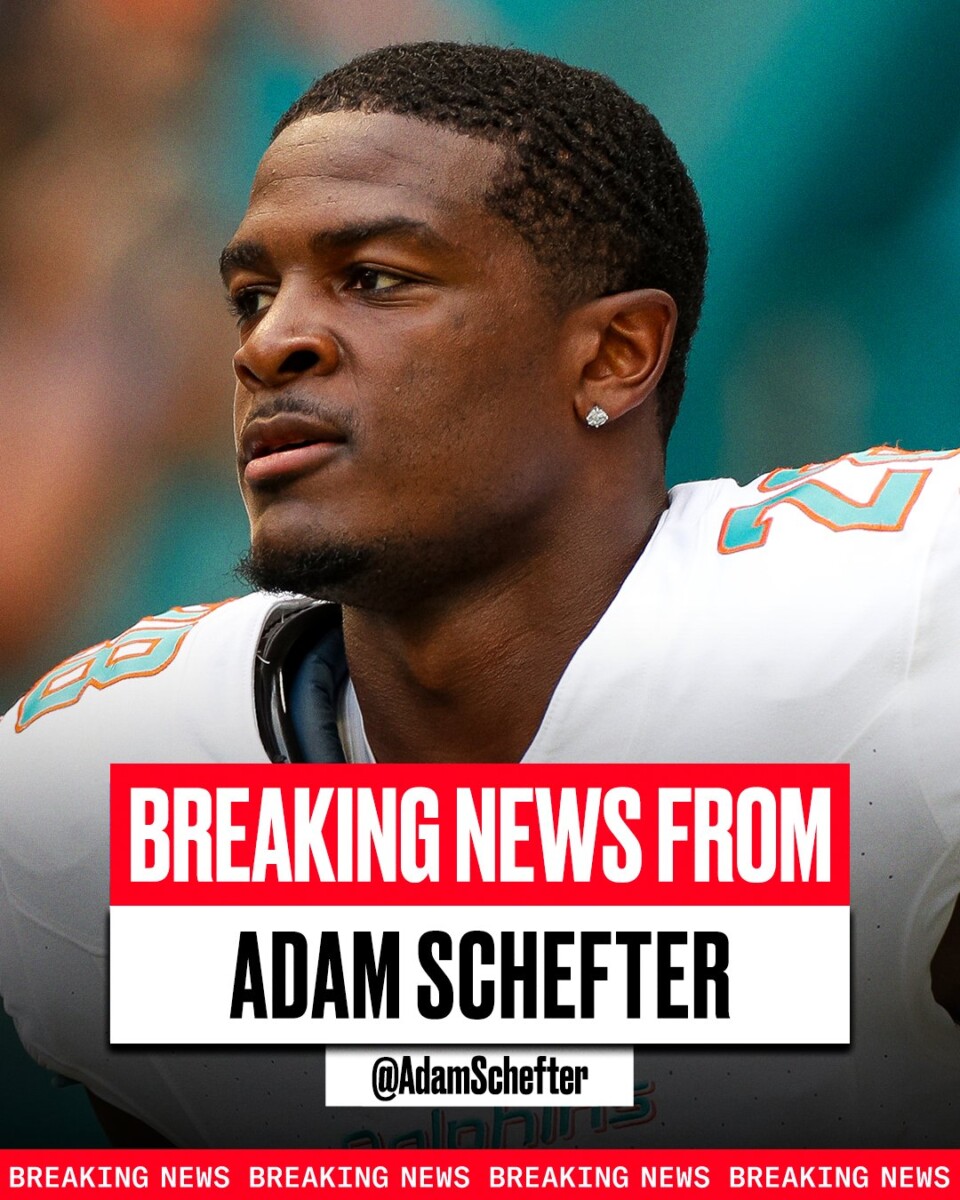
In a recent discussion surrounding the Miami Dolphins, the debate over the team’s logo has resurfaced with a passion. The core of the controversy lies in the longing of the fan base to revert to the Dolphins’ retro logo, cherished for its classic appeal and deeply rooted nostalgia.
Despite the clear fondness for the throwback insignia among supporters, team owner Stephen Ross remains the major blockade to any potential change. Interestingly, the legendary Dan Marino, closely associated with Ross, has made it clear that Ross is unlikely to budge on the matter.
This revelation prompted me to ponder on ways to mobilize enough fan pressure to make Ross reconsider. Ideas such as launching an online petition were floated, but the big question remains: Is there an effective way to champion for the return of the beloved old logo, or is the decision locked until a change in ownership occurs?
Responses from the Dolphins’ community were varied and deeply personal. Some fans view Ross’s insistence on the current logo as a blend of ego and a misplaced sense of accomplishment, overshadowing what many see as a series of questionable decisions that have marred the Dolphins’ legacy. Criticism wasn’t spared on Ross’s perceived lack of football insight and a tendency toward gimmickry rather than focusing on the substance of the team’s successes.
The suggestion that a major internal figure, perhaps a player of the stature of Tyreek Hill or Tua Tagovailoa, could influence Ross by voicing their support for the logo change sparked interest. Their authority and public platform could indeed reignite the identity the Dolphins are remembered for, aligning both fans and players under a united front of tradition and pride.
Amidst reflections on the team’s history and many a fans’ diminishing zeal amidst years of turmoil and disappointment, innovative yet radical ideas were discussed. From a dramatic march on I-95 to more humorous suggestions like spreading internet rumors about the new logo, the community’s creativity knows no bounds. Nevertheless, the underlying sentiment remains a shared disappointment in the logo transformation, viewed by many as a disconnect from the team’s vibrant history and an emblematic symptom of larger issues within the franchise.
Financial considerations, too, were highlighted as a potential hindrance to reverting the logo, with merchandise sales thriving under the coexistence of both the modern and retro designs. This economic angle presents a complex layer to the debate, indicating that the answer might not be as straightforward as a mere change in visual identity.
The conversation also ventured into realms of fantasy, where fans jestingly proposed various schemes to sway Ross’s opinion, underscoring the desperation and depth of feeling towards the matter. Despite the humorous overtones, these discussions signify the profound connection fans have to the team’s symbols and the lengths they’d consider going to reclaim a piece of their cherished Dolphins legacy.
In conclusion, as long as Stephen Ross helms the Miami Dolphins, the current logo is likely to prevail. Yet, the spirit of the fanbase, enriched by hope and a sense of belonging to something greater, serves as a powerful reminder that in the world of sports, loyalty and tradition often run deeper than decisions made at the top. The dialogue will undoubtedly continue, underscoring the enduring bond between a team and its faithful supporters.




